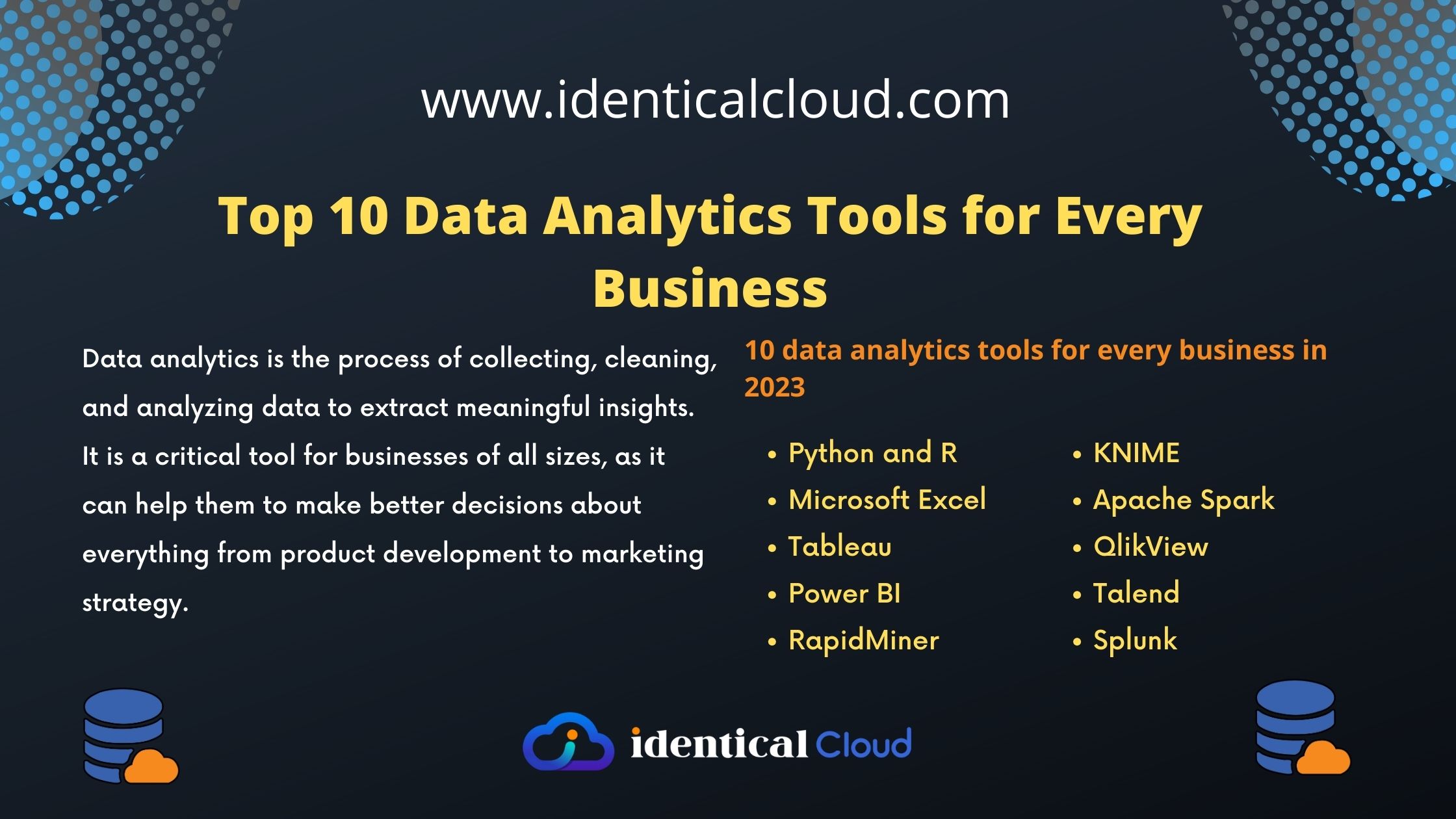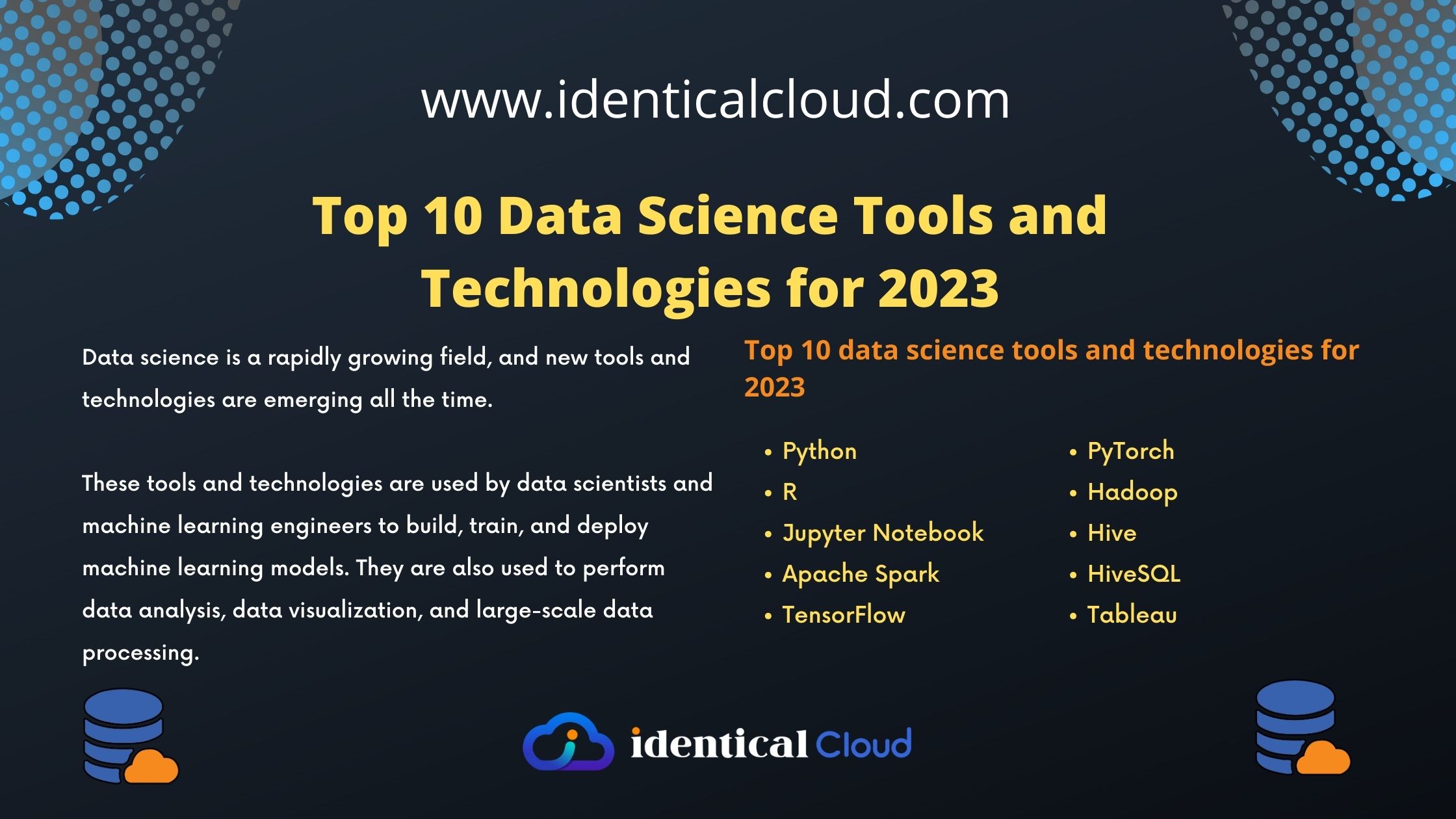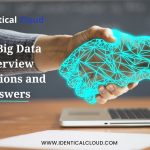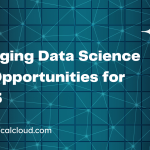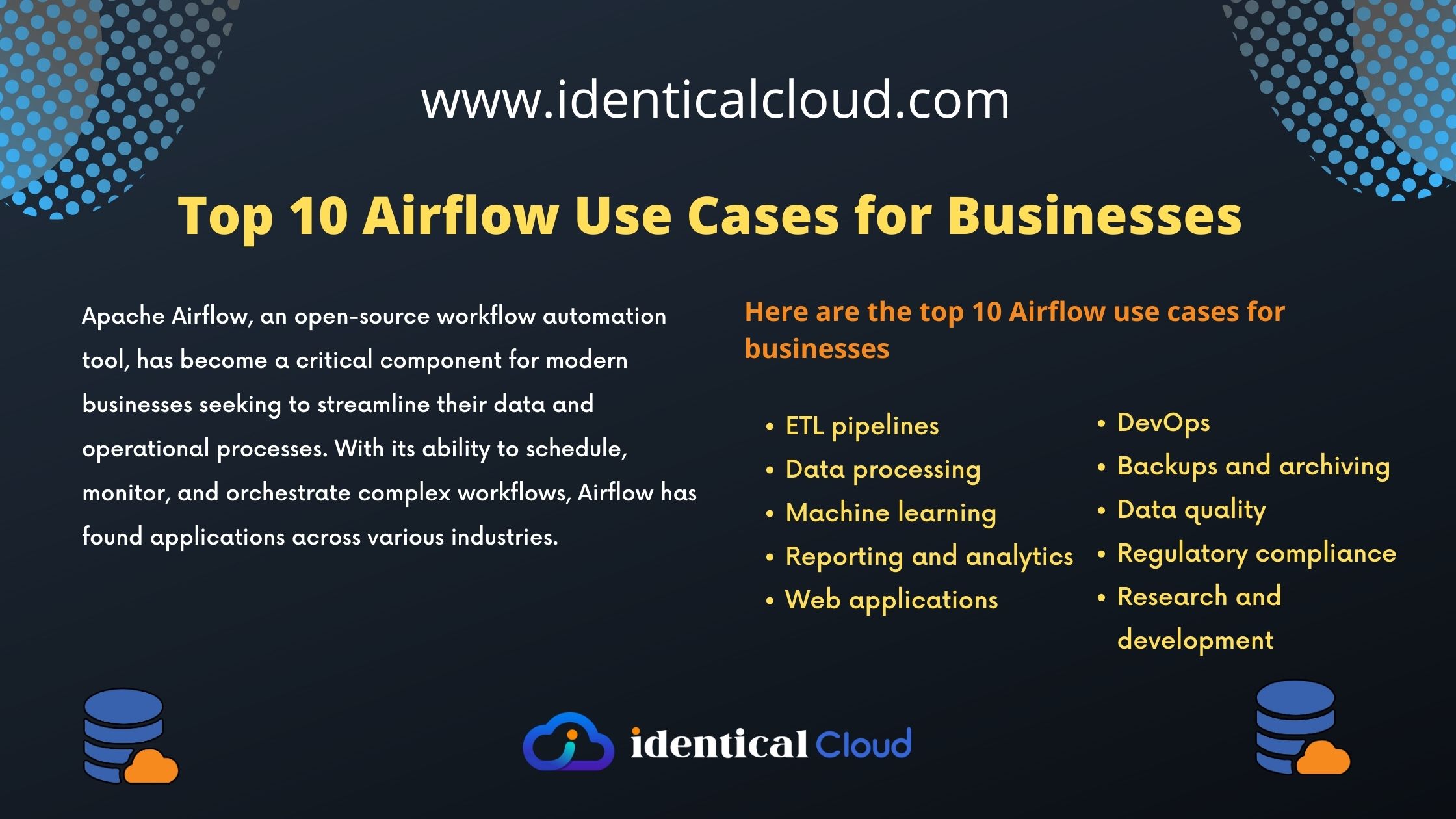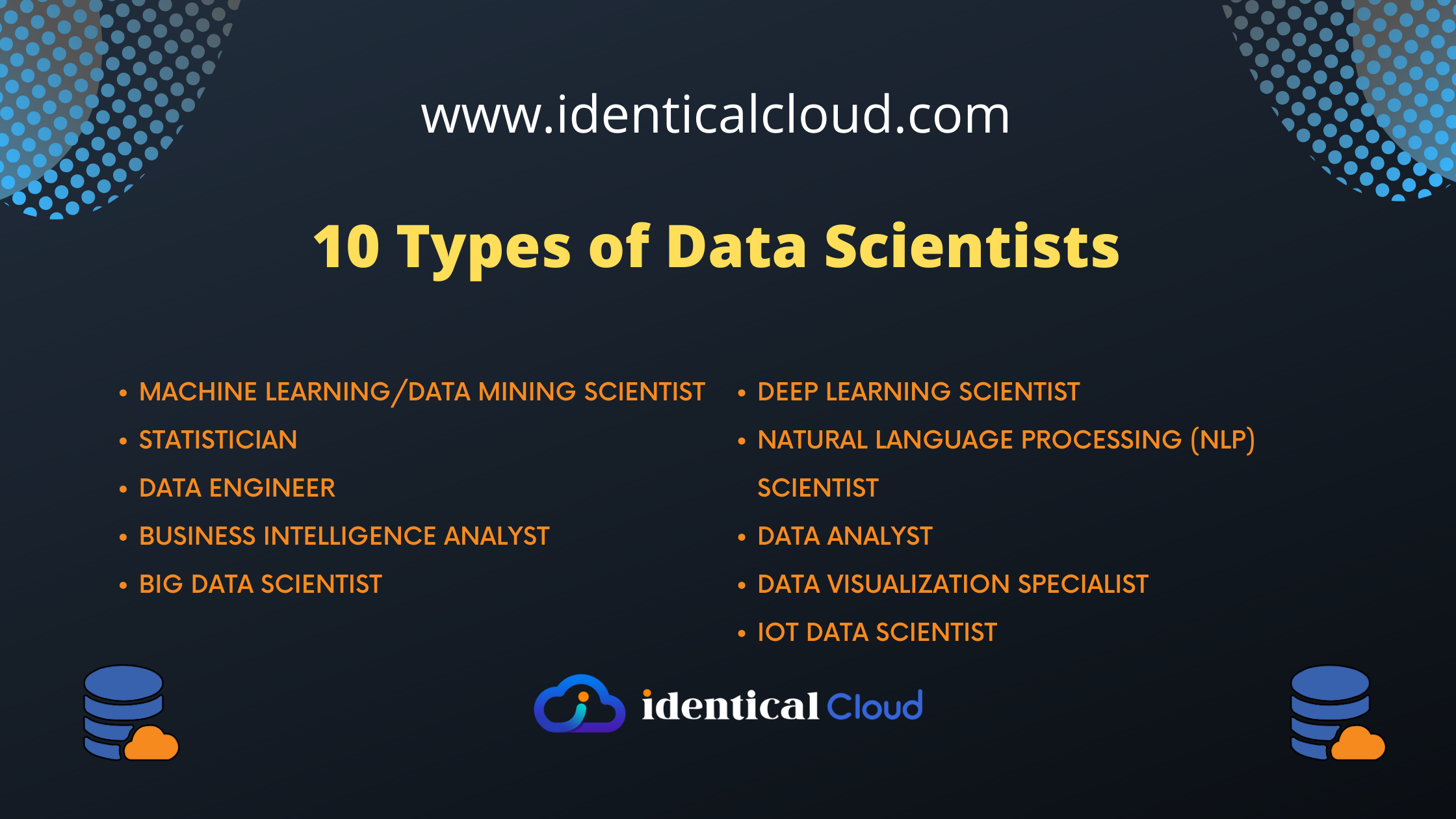
10 Types of Data Scientists
10 Types of Data Scientists
In the dynamic realm of data science, a multitude of specialized roles has emerged, each focusing on distinct aspects of data analysis, interpretation, and application. From machine learning experts to business intelligence analysts, let’s delve into the intricacies of ten different types of data scientists, uncovering their unique skill sets and contributions to the field.
1. Machine Learning/Data Mining Scientist
The Machine Learning/Data Mining Scientist specializes in harnessing the potential of machine learning algorithms and data mining techniques. They possess a profound understanding of statistical methodologies and programming languages, enabling them to navigate intricate datasets to derive predictive models and uncover hidden patterns.
Responsibilities and Expertise
Algorithm Development: These scientists design and develop algorithms tailored for various applications, from predictive modeling to clustering and classification tasks. They explore diverse machine learning models such as decision trees, neural networks, support vector machines, and more.
Feature Engineering: They delve deep into feature selection and engineering, identifying the most relevant data attributes that significantly impact the performance of machine learning models.
Model Evaluation and Optimization: Rigorous testing and validation of models are integral to their responsibilities. They fine-tune models, optimize parameters, and assess their accuracy, ensuring robustness and reliability.
Data Preprocessing: Cleaning and preprocessing raw data is a crucial step. Data Mining Scientists prepare data for analysis, addressing missing values, handling outliers, and transforming data into a suitable format for model training.
Applications and Impact
The impact of Machine Learning/Data Mining Scientists spans across various industries and domains:
- Finance: Predictive analysis for credit risk assessment, fraud detection, and algorithmic trading.
- Healthcare: Disease prediction, personalized medicine, and analysis of medical imaging data for diagnostics.
- E-commerce: Recommender systems, customer segmentation, and predictive analytics for demand forecasting.
- Manufacturing: Predictive maintenance to prevent equipment failures and optimize production processes.
- Marketing: Customer behavior analysis, targeted advertising, and sentiment analysis for marketing campaigns.
Skills and Tools
Proficiency in programming languages like Python, R, or Julia, along with a strong background in statistics and mathematics, is essential. Familiarity with machine learning libraries/frameworks such as TensorFlow, scikit-learn, or PyTorch is also crucial. Additionally, a deep understanding of data structures, algorithms, and data visualization tools enhances their capabilities.
Machine Learning/Data Mining Scientists play a pivotal role in unlocking the potential of data, paving the way for informed decision-making and innovation. Their expertise in developing predictive models and uncovering insights from vast datasets drives progress across industries, shaping a future where data-driven solutions revolutionize the way we tackle complex problems.
2. Statistician
Statisticians are masters of probability theory, hypothesis testing, and statistical modeling. They are adept at applying mathematical principles to analyze, interpret, and draw inferences from data. These professionals play a pivotal role in designing experiments, collecting data, and ensuring the accuracy and reliability of statistical analyses.
Responsibilities and Expertise
Experimental Design: Statisticians are instrumental in designing experiments and surveys, ensuring that the data collected is robust and representative. They devise methodologies to minimize bias and maximize the efficiency of data collection.
Statistical Analysis: Applying a wide array of statistical techniques, Statisticians interpret data to uncover trends, relationships, and correlations. They employ inferential statistics to make predictions and draw conclusions based on sample data.
Model Building and Validation: They develop statistical models to explain phenomena or predict outcomes. Rigorous validation of these models ensures their accuracy and reliability in real-world applications.
Interpretation and Communication: Beyond numbers, Statisticians excel in translating complex statistical analyses into actionable insights. They communicate findings to stakeholders in a clear, understandable manner, aiding informed decision-making.
Applications and Impact
The impact of Statisticians spans across diverse domains:
- Research and Academia: Conducting experiments, analyzing survey data, and publishing findings in scientific journals.
- Healthcare: Analyzing clinical trials, epidemiological studies, and healthcare data to guide medical decision-making.
- Business and Industry: Market research, quality control, and performance analysis for optimizing processes and decision-making.
- Social Sciences: Analyzing social and economic data to understand human behavior, trends, and societal patterns.
Skills and Tools
Proficiency in statistical software like R, Python (with libraries like NumPy, SciPy, and pandas), SAS, or SPSS is crucial. Strong mathematical and analytical skills, along with a deep understanding of probability theory, hypothesis testing, and regression analysis, are fundamental for success in this role.
Statisticians are the linchpins of data analysis, wielding the power of statistics to distill meaning from the complexities of data. Their expertise in statistical methodologies and their ability to draw insights from raw data drive innovation, facilitate informed decision-making, and pave the way for advancements across various disciplines.
3. Data Engineer
Data Engineers are the architects of data pipelines and infrastructure. They focus on the development and optimization of data architectures, ensuring that organizations can effectively capture, store, process, and analyze vast amounts of data.
Responsibilities and Expertise
Data Pipeline Development: Data Engineers design and build scalable, efficient data pipelines that collect and move data from various sources to data storage and processing systems. This involves handling both structured and unstructured data.
Database Management: They work with databases, both relational (SQL) and non-relational (NoSQL), optimizing them for performance, scalability, and reliability. Data Engineers ensure the integrity and security of data within these databases.
ETL Processes: Extracting, Transforming, and Loading (ETL) processes are a crucial part of their responsibilities. They transform raw data into a format suitable for analysis, applying cleansing, normalization, and aggregation techniques.
Data Warehousing: Building and maintaining data warehouses and data lakes that serve as repositories for structured and unstructured data, providing a centralized platform for analytics and reporting.
Applications and Impact
Data Engineers contribute to various domains and industries:
- Finance: Developing systems for transaction processing and fraud detection.
- E-commerce: Building recommendation systems and handling massive volumes of transactional data.
- Healthcare: Managing electronic health records and systems for analysis and decision support.
- Manufacturing: Implementing systems for supply chain optimization and predictive maintenance.
Skills and Tools
Proficiency in programming languages like Python, Java, Scala, or SQL is essential. Data Engineers work extensively with technologies such as Apache Hadoop, Apache Spark, Kafka, and cloud-based services like AWS, GCP, or Azure. Knowledge of distributed systems, data modeling, and data security is also crucial.
Data Engineers are the backbone of data-driven organizations, laying the groundwork for effective data utilization. Their expertise in creating robust data infrastructure enables seamless data flow, empowers analytics, and fuels innovation across industries.
4. Business Intelligence Analyst
Business Intelligence (BI) Analysts are responsible for gathering, analyzing, and visualizing data to provide valuable insights that guide business strategies and operations. They work at the intersection of data analysis, business strategy, and technology, enabling stakeholders to make informed decisions based on data-driven evidence.
Responsibilities and Expertise
Data Analysis: BI Analysts extract and analyze data from various sources, including databases, spreadsheets, and software tools. They employ statistical methods and data visualization techniques to identify trends, patterns, and correlations within the data.
Dashboard Creation: Creating interactive dashboards and reports is a key responsibility. BI Analysts design visual representations of data using tools like Tableau, Power BI, or QlikView, enabling stakeholders to comprehend complex data at a glance.
Requirement Gathering: Collaborating with business users to understand their analytical needs and translating those requirements into actionable insights. This involves defining key performance indicators (KPIs) and metrics to track business performance.
Strategic Decision Support: BI Analysts aid in strategic planning by providing insights derived from data analysis. They assist in identifying growth opportunities, optimizing processes, and addressing operational inefficiencies.
Applications and Impact
The impact of Business Intelligence Analysts spans across various industries:
- Retail: Analyzing sales data, customer behavior, and inventory management for optimization.
- Finance: Monitoring financial performance, risk assessment, and fraud detection.
- Healthcare: Analyzing patient data, hospital operations, and optimizing resource allocation.
- Marketing: Tracking campaign performance, customer segmentation, and market trend analysis.
Skills and Tools
Proficiency in SQL, data visualization tools, and business intelligence platforms is essential. BI Analysts possess strong analytical skills, business acumen, and the ability to translate complex data into actionable insights. Knowledge of statistical analysis, data modeling, and storytelling through data visualization is also crucial.
Business Intelligence Analysts are instrumental in bridging the gap between data and decision-making. Their ability to distill complex data into meaningful insights empowers organizations to navigate challenges, capitalize on opportunities, and drive strategic growth.
5. Big Data Scientist
Big Data Scientists specialize in handling and analyzing large volumes of structured and unstructured data. They possess the technical prowess and analytical skills required to derive meaningful insights from enormous datasets that traditional data processing systems struggle to handle.
Responsibilities and Expertise
Data Management and Processing: Big Data Scientists work on distributed systems capable of handling massive data volumes. They utilize frameworks like Hadoop, Spark, or Kafka to store, process, and analyze vast amounts of data in parallel.
Advanced Analytics: They employ machine learning algorithms, statistical models, and data mining techniques to uncover patterns, trends, and correlations within Big Data. These insights aid in predictive analytics and strategic decision-making.
Real-Time Data Analysis: Big Data Scientists handle data streaming and real-time analytics, processing data as it arrives to extract immediate insights, enabling organizations to make timely decisions.
Scalability and Performance Optimization: Ensuring that data systems are scalable, performant, and efficient is a key responsibility. They optimize algorithms and infrastructure to handle increased data loads.
Applications and Impact
The impact of Big Data Scientists spans across diverse industries:
- Technology: Enhancing user experience, analyzing user behavior, and improving product recommendations.
- Finance: Fraud detection, risk assessment, and algorithmic trading leveraging real-time market data.
- Healthcare: Analyzing large volumes of patient data for personalized medicine and disease prediction.
- E-commerce: Recommender systems, inventory management, and customer segmentation for targeted marketing.
Skills and Tools
Proficiency in programming languages such as Python, Java, Scala, or R is crucial. Big Data Scientists work extensively with distributed computing frameworks like Apache Hadoop, Apache Spark, and various cloud platforms. Strong analytical skills, knowledge of machine learning, and familiarity with big data storage technologies are essential.
Big Data Scientists play a pivotal role in unlocking the potential of vast and complex datasets. Their ability to extract insights from Big Data fuels innovation, drives strategic decision-making, and empowers organizations to stay competitive in an increasingly data-driven world.
6. Deep Learning Scientist
Deep Learning Scientists specialize in designing, training, and optimizing complex neural networks. Their expertise lies in leveraging deep learning algorithms to solve intricate problems across various domains, ranging from computer vision and natural language processing to robotics and autonomous systems.
Responsibilities and Expertise
Neural Network Architectures: These scientists design and develop sophisticated neural network architectures such as convolutional neural networks (CNNs), recurrent neural networks (RNNs), generative adversarial networks (GANs), and transformers to solve specific AI tasks.
Model Training and Optimization: They train deep learning models on large datasets, fine-tuning parameters and optimizing architectures to achieve superior performance, accuracy, and generalization.
Computer Vision and Image Recognition: Deep Learning Scientists excel in image recognition, object detection, and image generation tasks, enabling applications in facial recognition, autonomous vehicles, and medical imaging.
Natural Language Processing (NLP): They work on language understanding, sentiment analysis, text generation, and machine translation using advanced deep learning techniques, impacting areas such as chatbots, language translation, and content summarization.
Applications and Impact
The impact of Deep Learning Scientists spans across various fields:
- Healthcare: Analyzing medical images for diagnostics, predicting diseases, and personalized medicine.
- Autonomous Systems: Enabling robotics, self-driving cars, and unmanned aerial vehicles (UAVs) with advanced perception and decision-making capabilities.
- Finance: Predictive analytics for stock market trends, fraud detection, and algorithmic trading.
Skills and Tools
Proficiency in programming languages like Python, TensorFlow, Keras, PyTorch, or other deep learning frameworks is essential. Deep Learning Scientists require a strong mathematical foundation in linear algebra, calculus, and optimization techniques. They also need expertise in data preprocessing and feature extraction for neural network training.
Deep Learning Scientists play a pivotal role in advancing the frontiers of AI, enabling groundbreaking applications that were once deemed impossible. Their expertise in developing and deploying complex neural architectures fuels innovation, driving the evolution of AI technologies and reshaping industries.
7. Natural Language Processing (NLP) Scientist
NLP Scientists specialize in developing algorithms and models that enable machines to understand, interpret, and generate human language. They employ a blend of linguistics, machine learning, and computational techniques to tackle challenges in language understanding, generation, and translation.
Responsibilities and Expertise
Language Understanding: NLP Scientists focus on tasks like named entity recognition, sentiment analysis, part-of-speech tagging, and syntactic parsing. They design models to comprehend the nuances and semantics of human language.
Machine Translation: Working on translation models that enable systems to understand and translate text between different languages accurately, enabling cross-lingual communication.
Text Generation: They develop algorithms for text summarization, language generation, and content creation, aiding applications in chatbots, content summarization, and automatic report generation.
Language Models: Building and fine-tuning language models like BERT, GPT (Generative Pre-trained Transformer), and others that enable machines to generate human-like text and perform various language-related tasks.
Applications and Impact
The impact of NLP Scientists spans diverse fields:
- Customer Support: Powering chatbots and virtual assistants that provide instant and accurate responses to user queries.
- Healthcare: Analyzing medical records, extracting information, and enabling voice-to-text transcription for physicians.
- E-commerce: Improving product recommendations, sentiment analysis of customer reviews, and personalized shopping experiences.
- News and Media: Automating content curation, summarization, and sentiment analysis of news articles.
Skills and Tools
Proficiency in programming languages like Python, along with NLP libraries such as NLTK, spaCy, Transformers, and deep learning frameworks like TensorFlow or PyTorch is crucial. NLP Scientists require a strong understanding of linguistics, syntax, semantics, and knowledge representation.
NLP Scientists play a pivotal role in bridging the gap between human language and AI systems. Their expertise in developing models that understand, process, and generate text empowers organizations to build intelligent systems that communicate and interact with humans more naturally.
8. Data Analyst
Data Analysts are specialists in interpreting data, identifying trends, and extracting actionable insights. They work with large datasets, employing statistical techniques and visualization tools to analyze and present data in a manner that aids decision-making processes.
Responsibilities and Expertise
Data Exploration and Cleaning: Data Analysts navigate through raw datasets, cleaning and organizing data to ensure its quality and reliability for analysis. They handle tasks such as data cleansing, normalization, and handling missing values.
Statistical Analysis: Employing statistical methods, they uncover trends, patterns, and correlations within datasets. They conduct descriptive and diagnostic analytics to understand historical trends and performance metrics.
Data Visualization: Using visualization tools like Tableau, Power BI, or matplotlib, Data Analysts create visual representations such as charts, graphs, and dashboards that simplify complex data for easier comprehension by stakeholders.
Report Generation and Insights: They translate data findings into comprehensive reports and presentations. Data Analysts provide actionable insights derived from analysis that aid decision-makers in understanding key metrics and making informed decisions.
Applications and Impact
Data Analysts contribute across various industries:
- Marketing: Analyzing campaign performance, customer segmentation, and market trends.
- Finance: Tracking financial metrics, risk analysis, and forecasting.
- Healthcare: Analyzing patient data, optimizing operations, and resource allocation.
- E-commerce: Studying consumer behavior, sales trends, and product performance.
Skills and Tools
Proficiency in SQL, Excel, and statistical analysis tools like R or Python is essential. Data Analysts require strong analytical skills, attention to detail, and the ability to derive insights from data. Knowledge of data visualization tools and techniques adds value to their analysis.
Data Analysts serve as vital interpreters of the data landscape, transforming raw data into actionable intelligence that drives organizational success. Their ability to uncover trends, generate insights, and communicate findings is pivotal in aiding strategic decision-making and operational improvements.
9. Data Visualization Specialist
Data Visualization Specialists focus on creating graphical representations of data to communicate complex information effectively. They utilize various visualization tools and techniques to present data in visually appealing and understandable formats, aiding stakeholders in interpreting data more intuitively.
Responsibilities and Expertise
Understanding Stakeholder Needs: Collaborating with stakeholders to understand their requirements and the story they want to tell with data. This involves identifying key metrics and understanding the audience for whom the visualizations are intended.
Choosing Visualization Techniques: Selecting appropriate charts, graphs, and visualization methods that best represent the data and effectively convey the intended message. This includes bar charts, line graphs, scatter plots, heatmaps, and more.
Data Storytelling: Weaving a narrative around the data, Data Visualization Specialists craft visual stories that bring insights to life. They highlight trends, correlations, and outliers, guiding stakeholders through the data journey.
Tool Proficiency: Expertise in tools such as Tableau, Power BI, D3.js, matplotlib, or ggplot in R, allowing them to create interactive and visually appealing dashboards and reports.
Applications and Impact
Data Visualization Specialists contribute across various domains:
- Business Analytics: Creating dashboards for performance metrics, sales trends, and KPI tracking.
- Research and Academia: Visualizing complex research data, scientific findings, and academic publications.
- Finance: Presenting financial data, market trends, and investment analysis.
- Healthcare: Developing visualizations for patient records, medical imaging, and health statistics.
Skills and Tools
Proficiency in data visualization tools and languages is essential. Data Visualization Specialists require a strong understanding of design principles, color theory, and information hierarchy. They possess skills in graphic design, UX/UI principles, and storytelling through data.
Data Visualization Specialists play a crucial role in transforming raw data into meaningful insights that resonate with stakeholders. Their ability to craft compelling visual narratives from complex datasets not only facilitates understanding but also empowers decision-makers to act upon the insights gleaned from data.
10. IoT Data Scientist
IoT Data Scientists specialize in handling and analyzing data generated by IoT devices, which include sensors, actuators, wearables, and other connected gadgets. They focus on extracting meaningful insights from the vast streams of data produced by these interconnected devices.
Responsibilities and Expertise
Data Collection and Preprocessing: IoT Data Scientists manage the collection, aggregation, and preprocessing of sensor data from various IoT devices. They ensure the integrity and quality of incoming data for analysis.
Anomaly Detection and Predictive Maintenance: They develop algorithms to detect anomalies in IoT data streams and predict potential failures in connected devices, allowing for preemptive maintenance and minimizing downtime.
Time Series Analysis: Analyzing time-stamped data from IoT devices to derive patterns, trends, and correlations. This is vital for understanding device behavior over time.
Integration of IoT with Data Science: They merge IoT data with traditional datasets to derive comprehensive insights, enhancing the value of IoT data by combining it with other relevant information.
Applications and Impact
IoT Data Scientists contribute across diverse domains:
- Manufacturing: Predictive maintenance for machinery, optimizing production processes, and ensuring equipment efficiency.
- Smart Cities: Analyzing data from traffic sensors, weather stations, and utilities to enhance urban planning and resource management.
- Healthcare: Remote patient monitoring, analyzing health metrics from wearables, and improving personalized medicine.
- Agriculture: Utilizing IoT data for precision agriculture, optimizing irrigation, and crop monitoring.
Skills and Tools
Proficiency in programming languages like Python, R, or Java is essential. IoT Data Scientists require knowledge of IoT protocols, cloud platforms (AWS, Azure, Google Cloud), and data processing frameworks. They need expertise in time series analysis, machine learning, and familiarity with sensor data formats.
IoT Data Scientists play a pivotal role in unlocking the potential of interconnected devices, enabling organizations to derive actionable insights from the vast volumes of data generated by IoT ecosystems. Their expertise in handling and analyzing IoT data paves the way for optimized operations, predictive insights, and innovative solutions across industries.
Each type of data scientist requires a unique skill set, encompassing programming proficiency, statistical knowledge, domain expertise, and familiarity with various tools and technologies.
Understanding these diverse roles in data science helps organizations harness the full potential of data, empowering them to derive actionable insights and make informed decisions across various domains.


